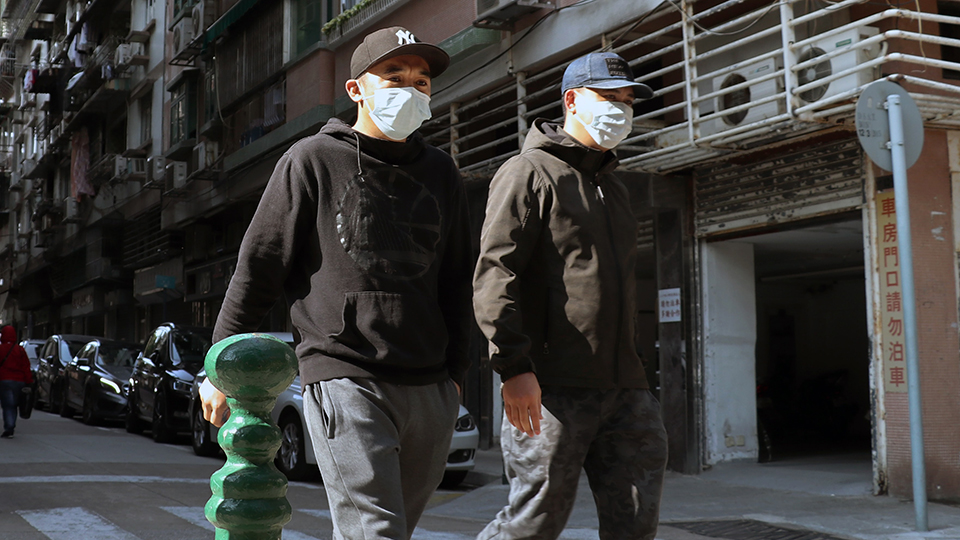COVID-19: Just how dangerous is it?
Published: 26 Feb 2020

In a Channel NewsAsia commentary, the Department of Medicine’s Prof Paul Tambyah and Dr Jyoti Somani share that it is too early to conclude on the death rate and infectivity of this virus, but transmission in Singapore appears to be relatively low.
The novel coronavirus, which the International Committee on Taxonomy of Viruses (ICTV) now calls SARS-CoV-2 as of Feb 11, causes the disease COVID-19. The World Health Organization announced the name of this new disease on the same day. The virus SARS-CoV-2 is from the same family as SARS (Severe acute respiratory syndrome) and MERS (Middle East respiratory syndrome).
It is still too early to tell what is the actual death rate associated with the COVID-19. Many of the people newly infected with the virus are still in hospital or intensive care units so we will not know their outcomes until much later.
For the record, the earliest reports of SARS in leading medical journals cited a death rate of 2 per cent, which later turned out to be higher. It is also not easy to compare SARS and COVID-19 as we did not have a confirmatory lab test until late in the SARS outbreak. As a result, most of the cases identified globally in March and April 2003, which was about four to six months after the disease first broke, were severe ones, which made the death rate appear higher than it actually was. In fact, when the SARS test became widely available in Singapore in May 2003, a number of patients were re-classified based on the results of the laboratory tests. As a result, the death rate for SARS in Singapore dropped from 33 out of 200 or 16.5 per cent to 33 out of 240 or 13.8 per cent. Worldwide, the final death rate was 9.6 per cent.
In contrast, we had accurate diagnostic tests for COVID-19 very early in the outbreak so many individuals with milder diseases have been identified. They would not have been detected if the criteria used were based on clinical severity.
In temperate countries, influenza typically causes seasonal outbreaks during the winter seasons, and outbreaks tend to be worse when there is a shift or major change in the type of influenza circulating that year. We do not know about the seasonality of COVID-19 yet but SARS disappeared with the warm weather in China and we hope that this will be the case with COVID-19. So, even if COVID-19 returns next year, many people will have some immunity to it and so, we expect that it will not be so bad. Just like the death rates, the infectivity of the COVID-19 virus is still not known.
As the WHO has pointed out, COVID-19 will just be a mild illness for most people – for about 80 per cent, just like with SARS. For influenza, the proportion with severe illness is even lower. The key will be to identify the 15 to 20 per cent of people infected with COVID-19 who are likely to develop complications as we did with SARS. If we are successful in doing that, regardless of whether we use containment or mitigation as strategies, we will be well-placed to keep ourselves and our nation healthy by the time the epidemic is over with the onset of warmer weather in the northern hemisphere summer as predicted earlier..
News Coverage

